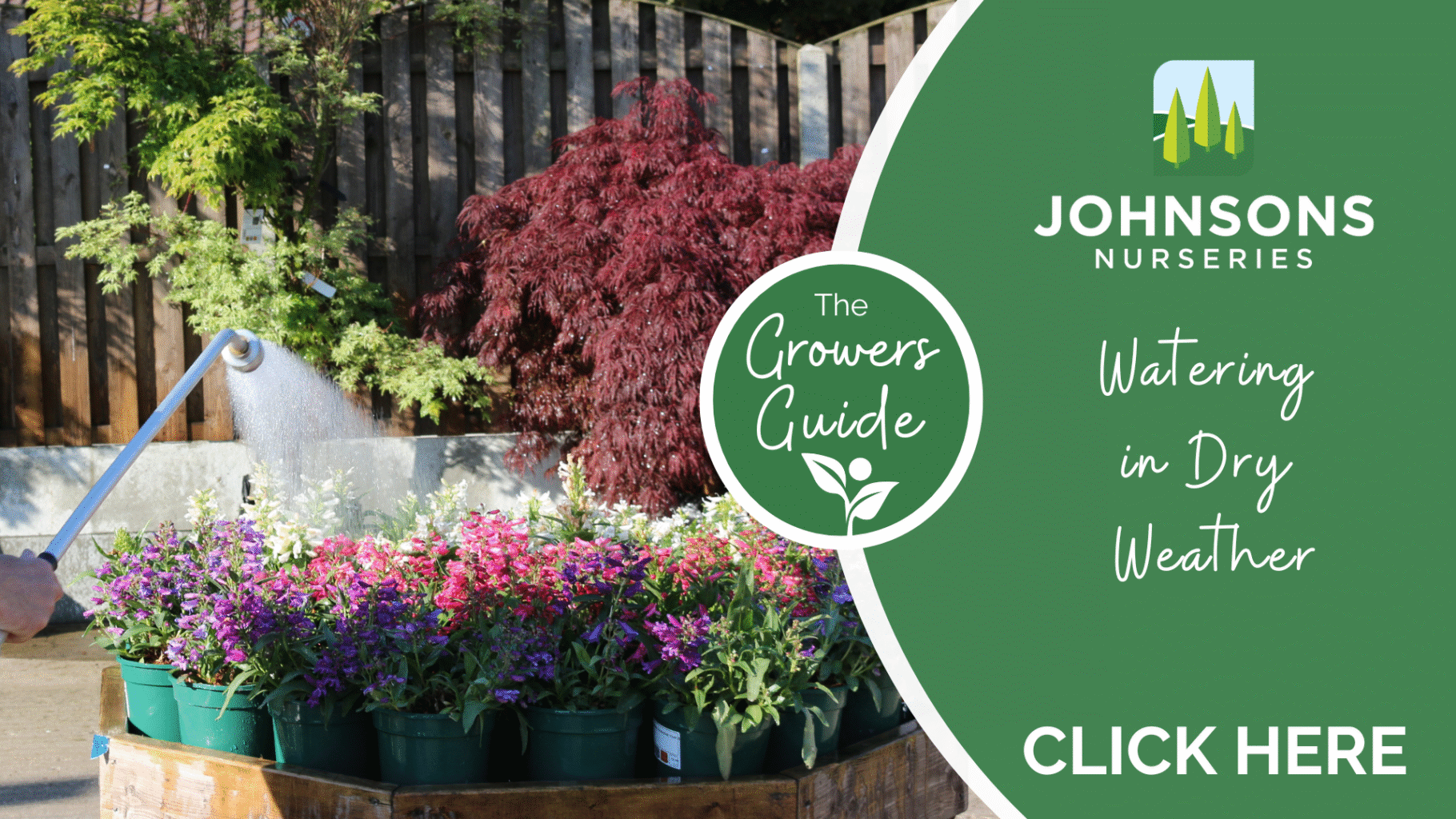
When the weather turns hot and dry, your plants may struggle to get the moisture they need. Use this simple guide to keep your garden healthy and hydrated during drought conditions.
In gardening terms, a drought happens when:
Soil moisture in the root zone is depleted
Plants begin to wilt
There’s no measurable rain for 15 consecutive days
Avoid frequent, shallow watering
It only wets the surface and doesn’t reach the roots.
Result: Weak, shallow root systems.
Water deeply and less often
Encourages deeper root growth.
Helps plants access water from lower soil layers.
Apply mulch around the plant to hold in moisture.
Leave a 4–6 inch gap around the main stem to prevent fungal issues.
Remember: The most active water-absorbing roots are near the canopy edge, not right at the base.
Lightly hoe the surface (don’t go too deep!).
Benefits:
Reduces moisture loss from deeper soil layers.
Helps rain or irrigation soak in faster.
Avoid deep hoeing—it may cut surface roots.
Hose tip: Use a rose attachment to prevent strong streams that cause erosion and runoff.
Sprinklers: Great for even coverage—choose one with adjustable patterns for circular or rectangular areas.
Water timers: Make life easier by automating watering schedules.
Seep hoses (soaker hoses):
Can be left in place all year.
Perfect for drought-sensitive plants.
Store rainwater in a rainwater butt.
Best for lime-hating plants like:
Rhododendrons
Camellias
Azaleas
Half an inch of rain = ~13,600 gallons per acre (2.8 gallons per square yard).
In hot weather:
Water containers daily.
Be careful—overwatering can be as harmful as drought.
Posted 3rd Jun 4:06pm